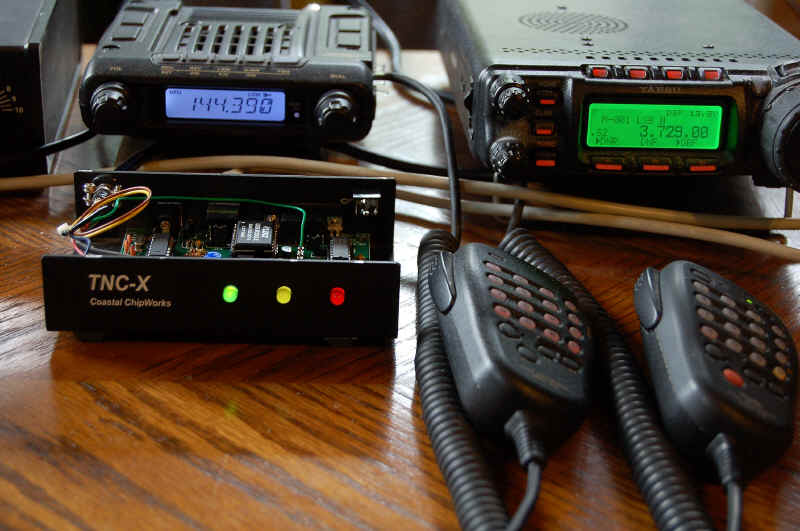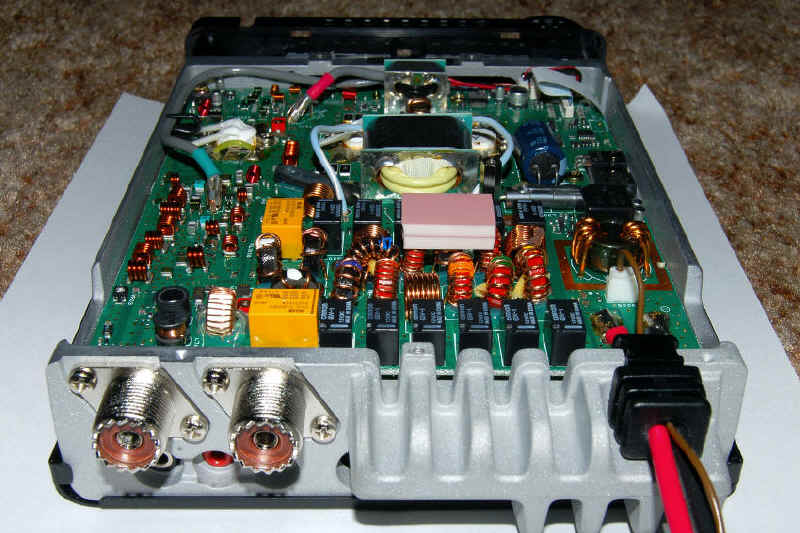HF or High Frequency
HF runs from 3 to 30 MHz, but the 160 metre band is generally also thought
of as also being HF. While some people chase DX on 160M, it is usually thought
of as best for providing "local" communications, say out to about 1000 km.
The 80M band is the work-horse for most "local" communications. The 40M
band can be good for DX, but is a good band to try if 80M won't quite cut it for
more distant communications. The 20M band is often the most useful band for DXing.
15M and up can provide good DX at certain times of the year and certain times in
the sunspot cycle.
I'm often listening on 3729 KHz. This the BC Public Service Net frequency. It is held 365 days
a year, at 01:30 GMT... 17:30 Pacific in winter and 18:30 in summer. The EMBC net
is held on Wednesday evenings on 3735 KHz at 19O:00 Pacific time.
If you don't catch me on HF, the other place I'm usually listening is on
the "Salt Spring Island" repeater VE7RSI 147.320 MHz + 88.5 Hz FM
as well as C4FM. I also usually monitor 146.595 MHz which is used here on
Salt Spring Island.
PSK - I have dabbled with PSK31, mostly using DigiPan. I and grabbed a
screenshot of the tail end of a QSO 20M back in 2010.
It is an interesting mode that can work sometimes with some incredibly weak
signals and with each station using only about 15 Hz.

Yaesu FT-1500 and Yaesu FT-857 at back, and TNC-X with lid
removed in front.

Yaesu FT-857 with the lid removed to install the then
optional DSP filter.
|

